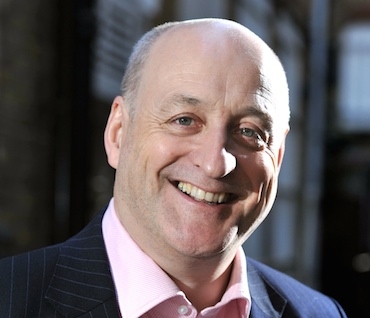I try to avoid speculating on the outcomes of the Budget. However as this year’s fast approaches one can’t help but take a great deal of interest on the various views being expressed on what will be the aftermath of the Green Paper – Strengthening the incentive to save: a consultation on pension tax relief. So I think this time I will take a punt.
AMPS fully supports the 3 key aims of the consultation. These are:
· to incentivise more people to save for retirement
· Government support to be simple and transparent
· the need for long term sustainability of any changes.
In its response to the consultation AMPS first choice was to remain with the status quo and though the Treasury emphasised they were keeping an open mind you could not help but get the feeling that this was not the bookies’ favourite choice.
The early favourite was that the Treasury would opt for a pension investment savings account model. This was by far the cheapest option for the Government but the wider consensus was that with no upfront incentive to save for the longer term this idea was more a donkey than a thoroughbred and likely to falter from the start.
Also taking on board the success of auto-enrolment, with HM Treasury estimating that by 2020 eight to nine million more people will be saving towards retirement, the loss of upfront tax relief could scupper the take up rate and encouraging many who joined to jump ship.
If the speculation is to be believed it now appears the front runner is for a flat rate of tax relief of between 25% to 33%.
On the basis that two thirds of tax relief goes to higher and additional rate taxpayers a flat rate may incentivise the lower paid to save more into their pension and even boost the take up rate of auto-enrolment.
AMPS did ask in its response to the consultation that, before opting for such a change, thorough research was carried out to see how effective such a change would be in encouraging more people to save for retirement. It will be interesting to see if this has been done.
However how will this be administered? For defined contribution schemes it will be difficult but a potential nightmare for defined benefit schemes.
One solution could be that employer contributions, which are currently paid gross under net pay arrangements, will move to the relief at source model. So based on a flat rate of 25% relief instead of making a gross contribution of £4 the employer will make a net contribution of £3 with the pension fund claiming back the £1.
The employer will then put the gross £4 contribution through their payroll system ensuring the grossed up contribution is taxed at the employees correct tax rate. Any adjustments to higher and additional rate tax payers personal contributions will continue to be dealt with via their tax returns and notice of coding where taxed via PAYE.
For defined benefit schemes the employer contribution is likely to be based on the value of benefit accrual. One would assume that this will be calculated along the lines we currently do for annual allowance with an adjustment made to take account of any member contributions. This would need to be done for every active member and at the very least at the end of each tax year. This could prove very cumbersome.
There could of course be an easier option. For defined contribution schemes restrict the amount that can be contributed through the annual allowance with no lifetime allowance applicable and for defined benefit schemes have no restriction on what can be contributed but rely on the lifetime allowance to cap benefits. If this was the preferred option the Government would have to ensure it is fair to members of both defined benefit and defined contribution schemes.
We will not know the outcome until 16 March but it might be worth an each way bet.
Neil MacGillivray: Time for a punt on pensions?

